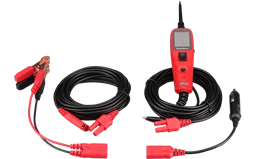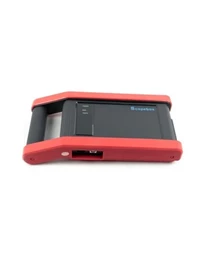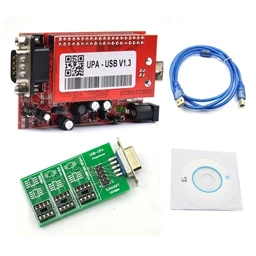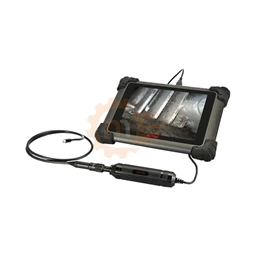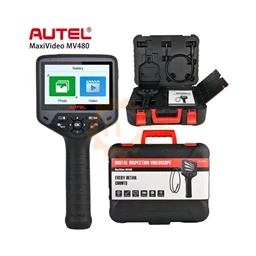WHAT IS AN AUTOMATIC TRANSMISSION?
Automatic transmission is a mechanism that facilitates the work of the driver in the process of increasing or lowering the speed of the wheels gradually by changing the gears transmitting the engine power for a certain engine speed while driving the motor vehicle.
Fault codes can indicate a specific point in the gearbox where it is malfunctioning, as well as indirectly indicate other malfunctions.
Therefore, the fault code should be made with a suitable and up-to-date diagnostic device.
There are 5 different transmission types: DSG - CVT - EDC - MMT and TCT Dualogic Easytronic.
Generally in Automatic Transmissions;
Parts such as torque converter, oil pump, gear clutch groups, gearbox housing, sun gear groups, hydraulic valve body electronic control parts, gearbox seals fail.
Automatic Transmissions Failure Causes;
The biggest factor in the failure of automatic gearboxes is the use of the wrong oil.
It is an important issue that the properties of the oil used are not suitable for the model and brand of the vehicle, otherwise it will cause oxidation disorders and damage the transmission and hydraulic ecu .
Frequent sudden brakes and starts cause problems in the gears of the vehicle while automatically passing the revs.
In vehicles with triptonic gear, transmission malfunctions caused by the user are more.
Fast forward gears without reversing will degrade the vehicle's performance, causing damage to the transmission ecu .
Incorrect gear shifting in automatic gearboxes is one of the biggest problems in automatic gearboxes.
The catch must be pressed before shifting. Transitions made without pressing the latch shorten the life of the gearbox parts, causing the parts to be damaged and broken.
If you do not maintain the transmission for a long time, you will often encounter problems such as automatic transmission oil leak and automatic transmission knock.
Automatic Transmission Failures and Symptoms;
The vehicle should drive forward when the gear is shifted to "D" on a straight or downhill road and the brake is released.
When the gear is shifted to the "D" position while the ramp is up and the brake is released, the vehicle should not reverse, stand still and provide forward resistance.
No noise, vibration or knocking should be felt between gear shifts when the gear is in the "D" position and the vehicle is moving.
The shift knob (latch) should be functioning smoothly. The latch is connected to the torque convector. Occasional stiffness is an indication of a problem.
While the vehicle is in motion, the transmission sound should be stable in all gears, there should be no different hum or vibrations.
If your vehicle has an acceleration problem on ramps or if the vehicle has a low traction, this is a sign that there is a problem with the transmission.
Automatic Transmission Fault Codes
Automatic transmission fault codes are universal codes and may vary depending on the vehicle brand.
P0785 - Gear shift / timing solenoid A malfunction
The first thing you need to do here is to check the ATF (Automatic Transmission Fluid).
(If the oil is dirty, smells burnt, overfilled, or has an abnormal color, it means it's time to change your oil.)
Test the shift timing solenoid.
Test the circuit from TCM. To check if the sensor is working
If you do not fix this problem for a long time, you may cause permanent damage to the transmission, which is difficult to repair, and the transmission may need to be replaced, so do not wait too long for this code.
Automatic Transmission P Code Malfunctions
P0701: Transmission Control System Range / Performance
P0702: Transmission Control System / Electric
P0703: Brake Switch Input Malfunction
P0704: Clutch Switch Input Circuit Malfunction
P0705: Transmission Limit Sensor Circuit Malfunction
P0706: Transmission Limit Sensor Circuit Range / Performance
P0707: Transmission Limit Sensor Circuit Low Input
P0708: Transmission Limit Sensor Circuit High Input
P0709: Transmission Limit Sensor Circuit Ranges
P0710: Transmission Fluid Temperature Sensor Circuit Malfunction
P0711: Transmission Fluid Temperature Sensor Circuit Range / Performance
P0712: Transmission Fluid Temperature Sensor Circuit Low Input
P0713: Transmission Fluid Temperature Sensor Circuit High Input
P0714: Transmission Fluid Temperature Sensor Circuit Intervals
P0715: Turbine Speed Sensor Circuit Malfunction
P0716: Turbine Speed Sensor Circuit Range / Performance
P0717: Turbin Speed Sensor Circuit No Signal
P0718: Turbine Speed Sensor Circuit Ranges
P0719: Torque Converter / Brake Switch B Circuit Low
P0720: Output Shaft Speed Sensor Circuit Malfunction
P0721: Output Shaft Speed Sensor No Performance
P0722: Output Shaft Speed Sensor No Signal
P0723: Output Shaft Speed Sensor Ranges
P0724: Torque Converter / Brake Switch B Circuit High
P0725: Engine Speed Input Circuit Malfunction
P0726: Engine Speed Input Circuit Range / Performance
P0727: Engine Speed Input Circuit No Signal
P0728: Engine Speed Input Circuit Ranges
P0730: Incorrect Gear Ratio
P0731: Gear 1 Incorrect Ratio
P0732: Gear 2 Incorrect Ratio
P0733: Gear 3 Incorrect Ratio
P0734: Gear 4 Incorrect Ratio
P0735: Gear5 Wrong Odds
P0736: Reverse Gear Incorrect Ratio
P0740: Torque Converter Clutch Circuit Malfunction
P0741: Torque Converter Clutch System Performance Malfunction
P0742: Stuck Torque Converter Clutch Circuit
P0743: Torque Converter Clutch System / Electric
P0744: Torque Converter Clutch Circuit Ranges
P0745: Pressure Control Solenoid A Malfunction
P0746: Pressure Control Solenoid A Performance Or Sticking Off
P0747: Pressure Control Solenoid A Stuck
P0748: Pressure Control Solenoid A Electric
P0749: Pressure Control Solenoid A Ranges
P0750: Shift Solenoid A Malfunction
P0751: Shift Solenoid A Performance
P0752: Shift Solenoid A Stuck
P0753: Shift Solenoid A Electrical
P0754: Shift Solenoid A Ranges
P0755: Shift Solenoid B Malfunction
P0756: Shift Solenoid B Performance
P0757: Shift Solenoid B Stuck On
P0758: Shift Solenoid B Electrical
P0759: Shift Solenoid B Ranges
P0760: Shift Solenoid C Malfunction
P0761: Shift Solenoid C Performance
P0762: Shift Solenoid C Stuck
P0763: Shift Solenoid C Electric
P0764: Shift Solenoid C Ranges
P0765: Shift Solenoid D Malfunction
P0766: Shift Solenoid D Performance
P0767: Shift Solenoid D Stuck On
P0768: Shift Solenoid D Electric
P0769: Shift Solenoid D Ranges
P0770: Shift Solenoid E Malfunction
P0771: Shift Solenoid E Performance
P0772: Shift Solenoid E Stuck On
P0773: Shift Solenoid E Electric
P0774: Shift Solenoid E Ranges
P0775: Pressure Control Solenoid B Malfunction
P0776: Pressure Control Solenoid B Performance
P0777: Pressure Control Solenoid B Stuck
P0778: Pressure Control Solenoid B Electric
P0779: Pressure Control Solenoid B Ranges
P0780: Shift Error
P0781: 1-2 Shift Error
P0782: 2-3 Shift Error
P0783: 3-4 Shift Error
P0784: 4-5 Shift Error
P0785: Shift / Timing Solenoid Malfunction
P0786: Shift / Timing Solenoid Limit / Performance
P0787: Shift / Timing Solenoid Low
P0788: Shift / Timing Solenoid High
P0789: Shift / Timing Solenoid Ranges
Fault codes encountered in automatic transmission malfunctions. Do you have no idea what to do when encountering these fault codes and how to fix them?
By using AUTODATA REPAIR, PARTS CATALOG, FAULT PROBLEM CODES and SENTE PROGRAM online, you can get information and make your work easier.

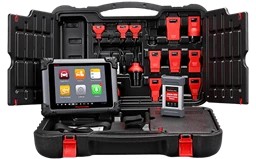
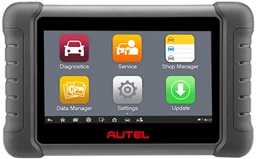
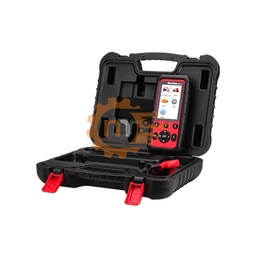
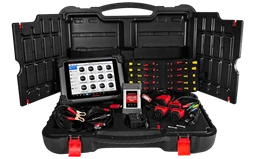
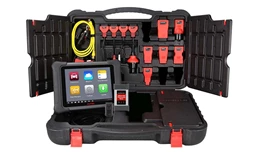
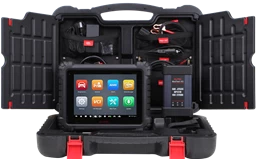
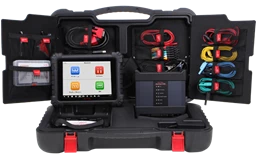
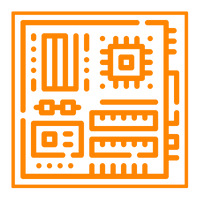
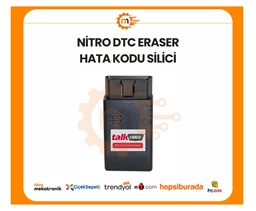
.webp?size=256)


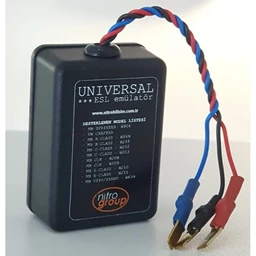
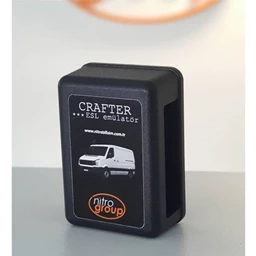
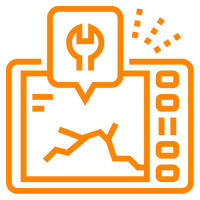
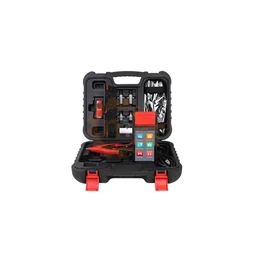
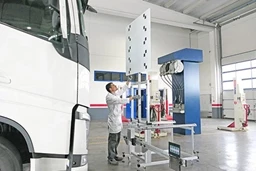
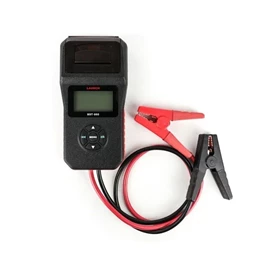
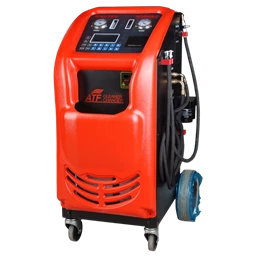
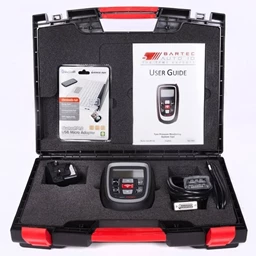
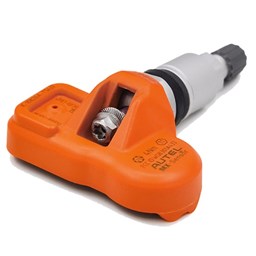
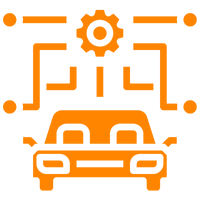
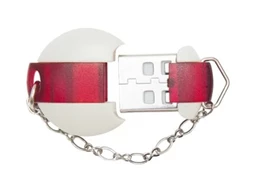
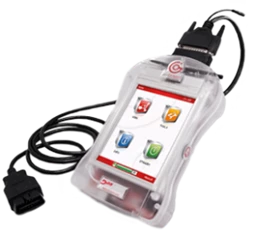
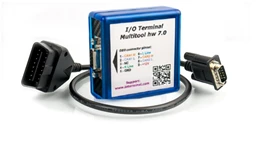
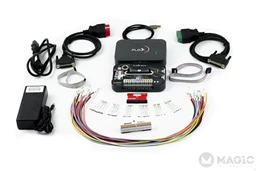

 Cihazı.webp?size=256)

